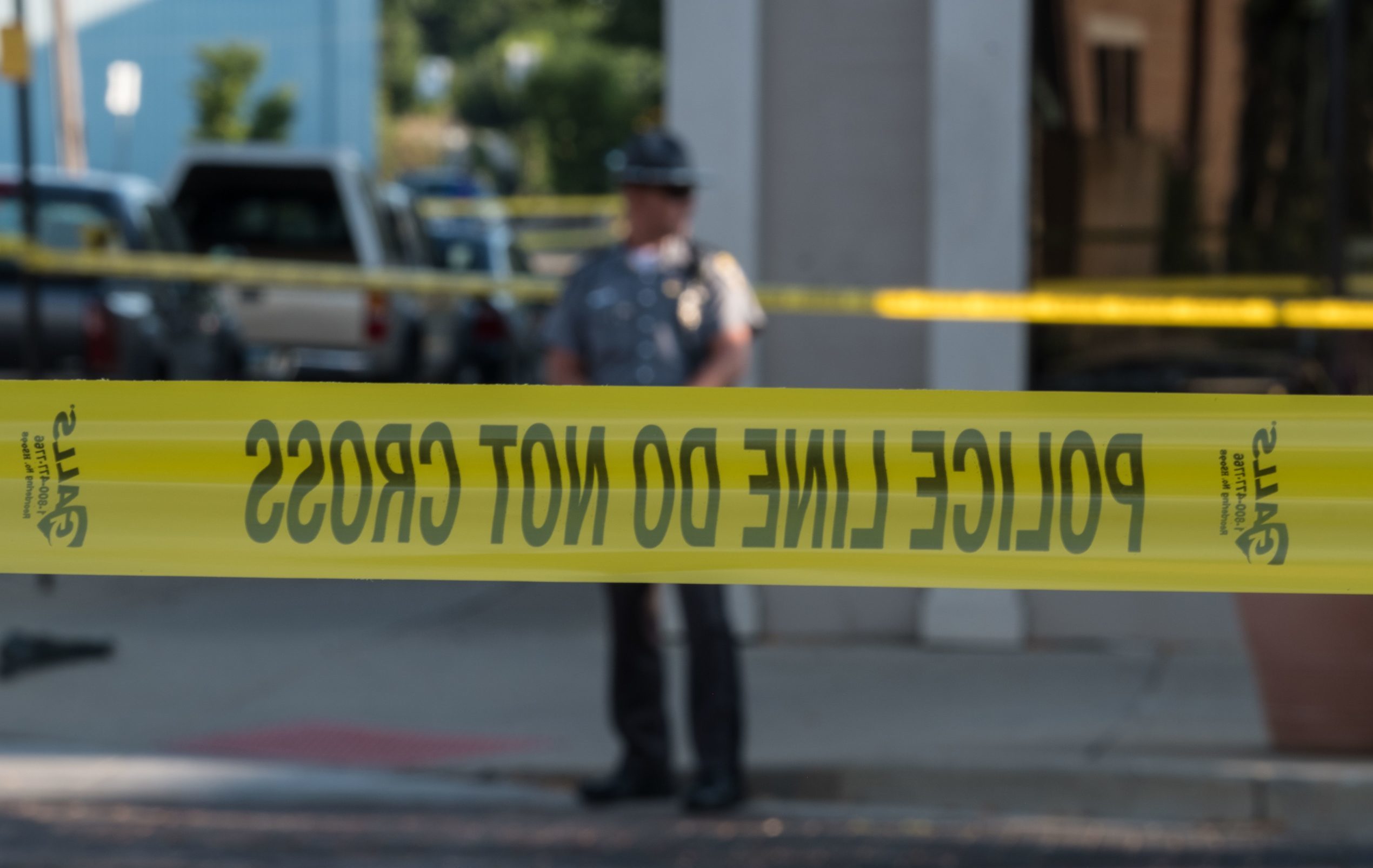Family Breakdown and the Ohio Abortion Story
The viral account of a 10-year-old rape victim is really about the dangers children encounter outside the traditional family.

The furor that ensued after the story of an impregnated, 10-year-old rape victim from Ohio broke last month has been framed largely by those determined to enshrine access to abortion. How, they asked, could pro-life advocates defend the right to life when the body of a young girl was so clearly violated in this heinous crime?
Here’s what they don’t want to tell you: rape, especially where minors are involved, is rarely an isolated incident following a late-night attack in a club, college dorm room, or park. Instead, when minors are the victims of abuse, the first place you look is the home.
This is the dirty little secret that the media often fail to report: children face the greatest risk of sexual or physical abuse when any male other than their biological father frequents the home.
In the instance of the impregnated 10-year-old, the rapist was her mother’s cohabitating boyfriend.
As sociologist Brad Wilcox notes, “One of the most dangerous places for a child in America to find himself in is a home that includes an unrelated male boyfriend—especially when that boyfriend is left to care for a child by himself.” Wilcox goes on to argue that “children living with their mother and her boyfriend are about 11 times more likely to be sexually, physically, or emotionally abused than children living with their married biological parents.”
Theories such as the Cinderella Effect or Abusive Boyfriend Syndrome give an official name to what most of us already know: men and women are hardwired to care for their own, especially in partnership with their child’s other parent.
One study found that children were 50 times more likely to die from inflicted injuries when they lived in a home with unrelated adults—usually the mother’s boyfriend—than were children living with both of their biological parents. In 74 percent of cases, the boyfriend was the perpetrator.
Even children living with unmarried-but-cohabitating biological parents are four times more likely to suffer physical, sexual, and emotional abuse than those living with married parents. Marriage and cohabitation should not be conflated. Marriage is an essential component of a safe and stable environment when it comes to raising children.
Family structure and biology matter greatly when it comes to children's wellbeing. Children are more likely to experience abuse and maltreatment when raised in a home without their married, biological parents.
This is not to say that single-parent homes, per se, result in higher levels of abuse. Abuse is most likely to occur in homes frequented by other unrelated adults. There are certainly many single parents and blended families giving their children the best life they can. We applaud and encourage these families. Absent abuse, however, children are still more likely to suffer academically, emotionally, behaviorally, and financially when their parents aren’t married.
A report by the National Incidence Study of Abuse and Neglect makes this clear. “Children living with their married biological parents had the lowest rate of abuse and neglect, whereas those living with a single parent who had a partner living in the household had the highest rate.”
These statistics reinforce the necessity of biological fathers, preferably fathers who are married to the child’s mother and live in the same home as the child. Without fathers who are present and engaged, children are at much greater risk for every form of abuse and negative outcome. Religious fathers, who attend church and read their Bible frequently, provide the best protection and support.
It’s easy to make the Ohio 10-year-old’s story about the complicated questions associated with abortion. Those who favor legalized abortion prefer to frame the problem as one of restrictive abortion laws. Their solution is broad abortion access for all women for any reason. Rape and incest are the rare hard cases that provide cover for that agenda. As one Planned Parenthood abortionist once said about a young abuse victim, “She’s better off with the abortion. We can’t do anything about what’s going on at home, but at least we can give her the abortion.”
Today, protecting young girls, like the pregnant 10-year-old, should be the top priority for lawmakers and communities alike. Rather than following Planned Parenthood’s nihilistic reasoning, lawmakers should take a far more proactive approach to address the heart of the issue before abuse occurs.
Subscribe Today
Get daily emails in your inbox
There are real, concrete decisions that a nation and family can make to safeguard its children. In each instance, it starts in the home with the family. If we continue to pretend that cohabitation is equal to marriage, abortion will be seen as the “solution” to the prior abuse and unwanted pregnancies.
Abortion is not the “solution” here. It simply adds to the act of violence against an innocent victim a second act of even greater violence against another innocent victim.
Of course, a society of chaste single parents and married husbands and wives would not be free of all forms of abuse. What we do know, however, is that a society that prioritizes real marriage and fatherhood is much more likely to be a society where children flourish.